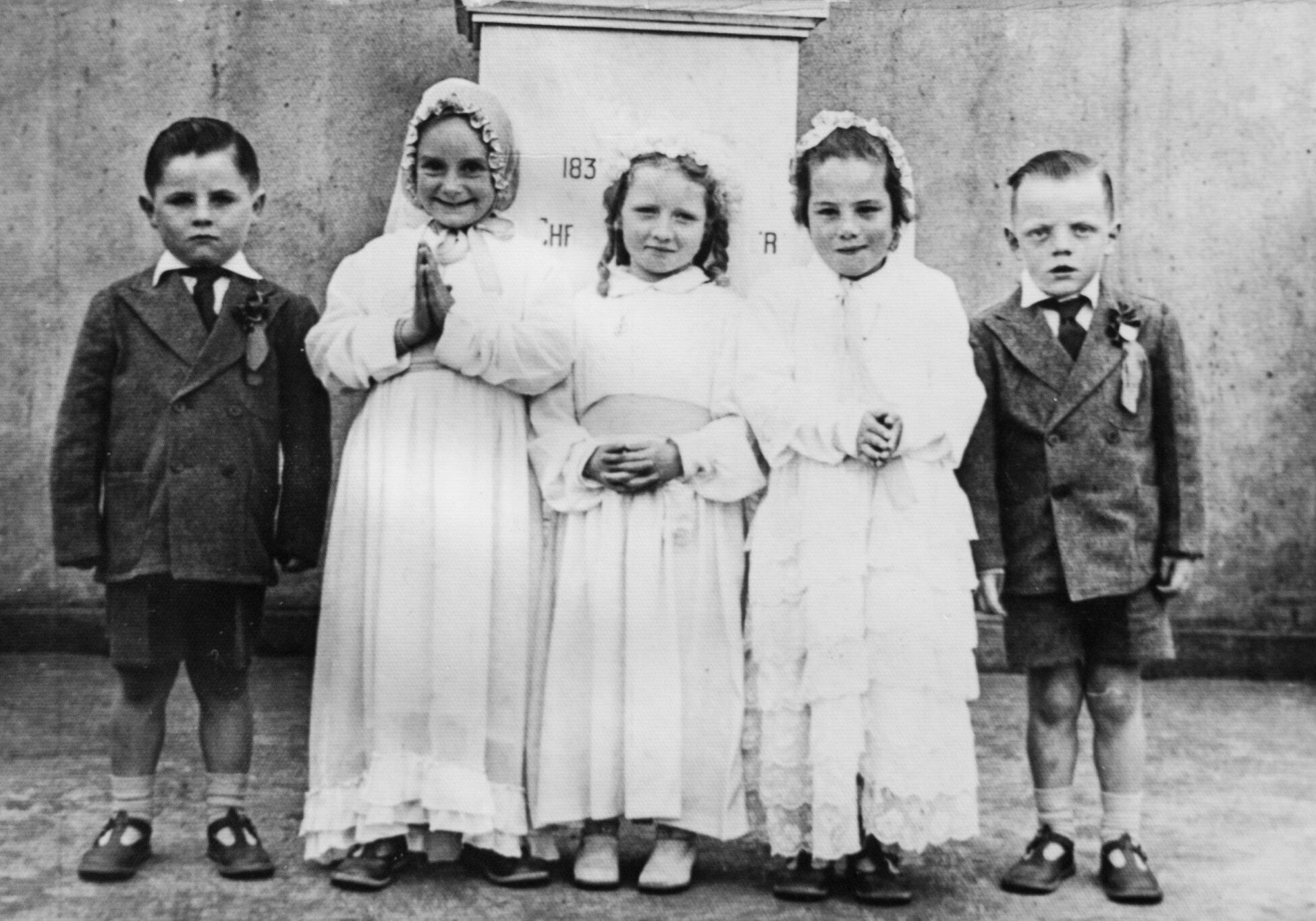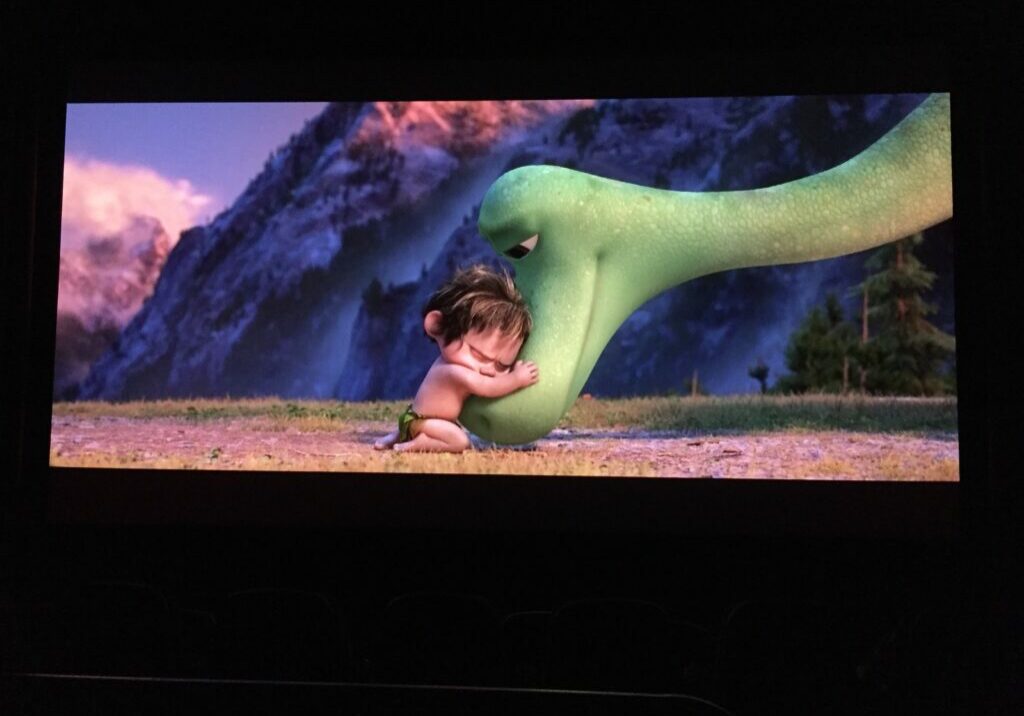Braid Mission
Blog
Lost Children

This weekend I read a haunting story, published in the New York Times, about the “Lost Children of Tuam.”
Tuam is a small town in Ireland that once held St. Mary’s Mother and Baby Home, a Catholic residence for women who had children out of wedlock. The home was open from 1925 to 1961. Many women were sent away by their families to the home and were made to leave the home when their babies were a year old. Some returned to their families, but many were rejected and left for England or otherwise disappeared.
Their children, who remained at St. Mary’s, were referred to colloquially as “home babies.” Some were adopted or placed with foster families, but almost all of them never knew who or where they came from. They attended local schools, where they were ostracized and bullied by other children.
And that is just the children who lived.
Children at homes like this across Ireland died at four times the rate of other children. In the years St. Mary’s was operating, 796 children died there, of diseases that are mostly preventable today: measles, whooping cough, tuberculosis, the flu, undernourishment.
The Times story traces the research of a local amateur historian near Tuam who – in seeking clues to her own mother’s past – discovered that only a handful of these children had received proper burial in a cemetery. Instead, the bodies of these babies were placed in an underground sewer chamber, never claimed by relatives, never remembered. These are the ones who were truly lost.
While the historical facts of this situation are disturbing in and of themselves, in many ways the response was even more disturbing. As this amateur historian, Catherine Corless, started to share her findings, expecting outrage, she was met with apathy. “No one cared,” she said. “And that’s my driving force all the time: No one cared.”
Equally distressing for me was reading about the way surviving “home babies” were blamed for their circumstances, as if it was their idea to be born out of wedlock. One local man recalls learning in school that these children, who were made to sit apart in the back of the classroom, were “children of the Devil.”
Unfortunately, this is not a story that we can blame entirely on a past time and culture.
Every day I get Google alerts about news stories related to foster care and related subjects, and every week I read these articles and share many of them on Braid’s social media.
Last week we shared the story of over 70 foster children who are “lost” in the state of Kansas, youth who have run away from their foster placements, with no one to chase after them.
This week I have been reading a troubling article about new laws in California that will prevent children from being blamed and prosecuted for being victims of sex trafficking, but how slowly these laws are shifting the perception and culture in law enforcement.
The Lost Children of Tuam are not much different than The Lost Children of Kansas. The Lost Children of California. These are not front-page stories. These are stories that have been buried in our culture.
I know that this is not the most encouraging word of encouragement. But stay with me for just a moment more.
My consolation as I read all of these stories, past and present, has been thinking of members of Braid teams. Thinking of each person who has made a significant and substantial commitment to one young person who has spent time in foster care.
Foster youth are “orphans of the living,” the most vulnerable members of our society (as the above article on sex trafficking really lays out). They are often blamed for this vulnerability and the circumstances that ensue.
These youth will spend much of the rest of their lives looking for where they belong and where they came from. They will always ask why the people who gave them life haven’t always been able to care for them.
But they will have a circle of support and community as they ask these questions.
They will have a community that will move through their most vulnerable years with them.
And they will know that there will always be someone in this world who makes sure they won’t get lost along the way.



